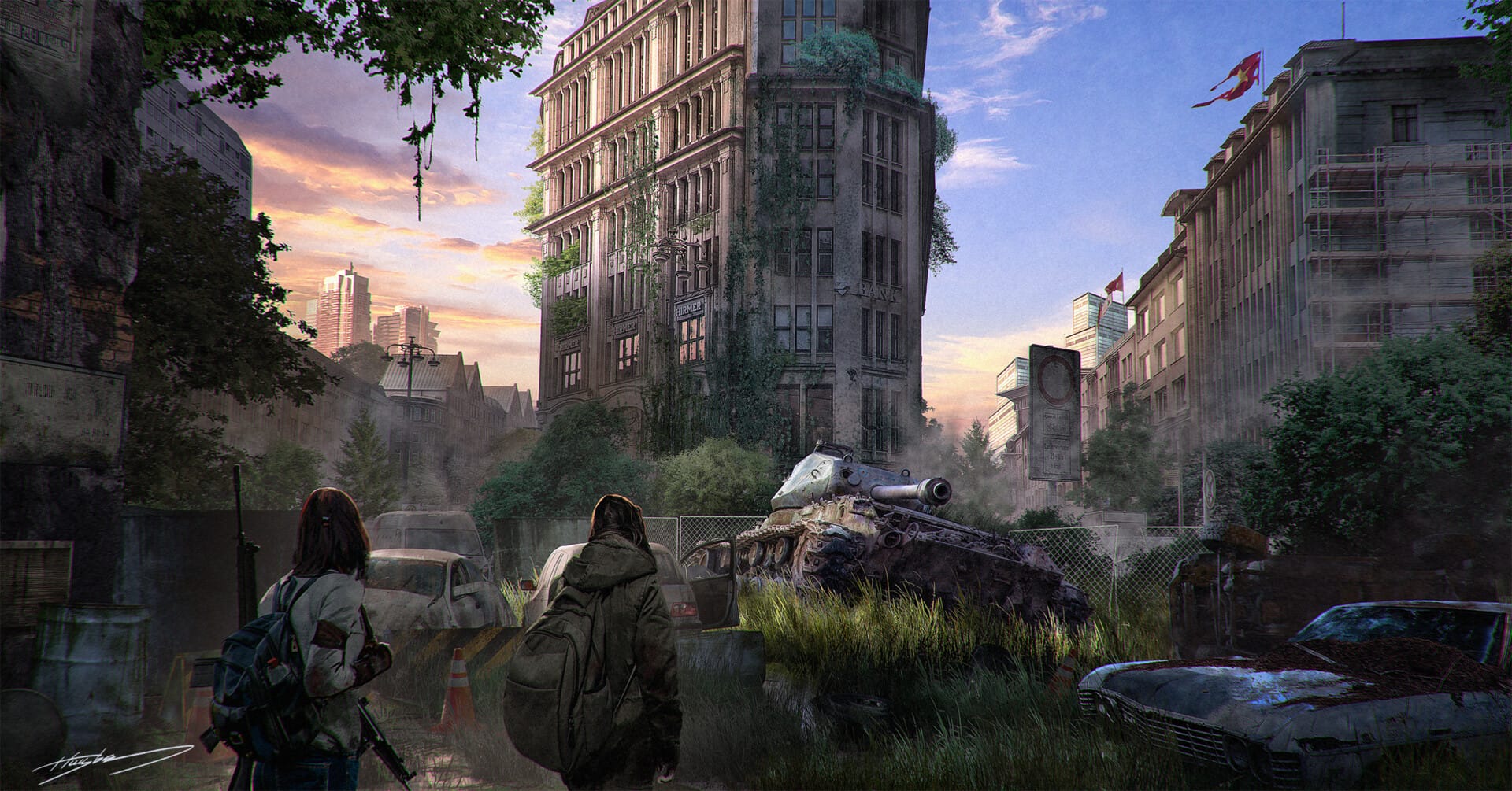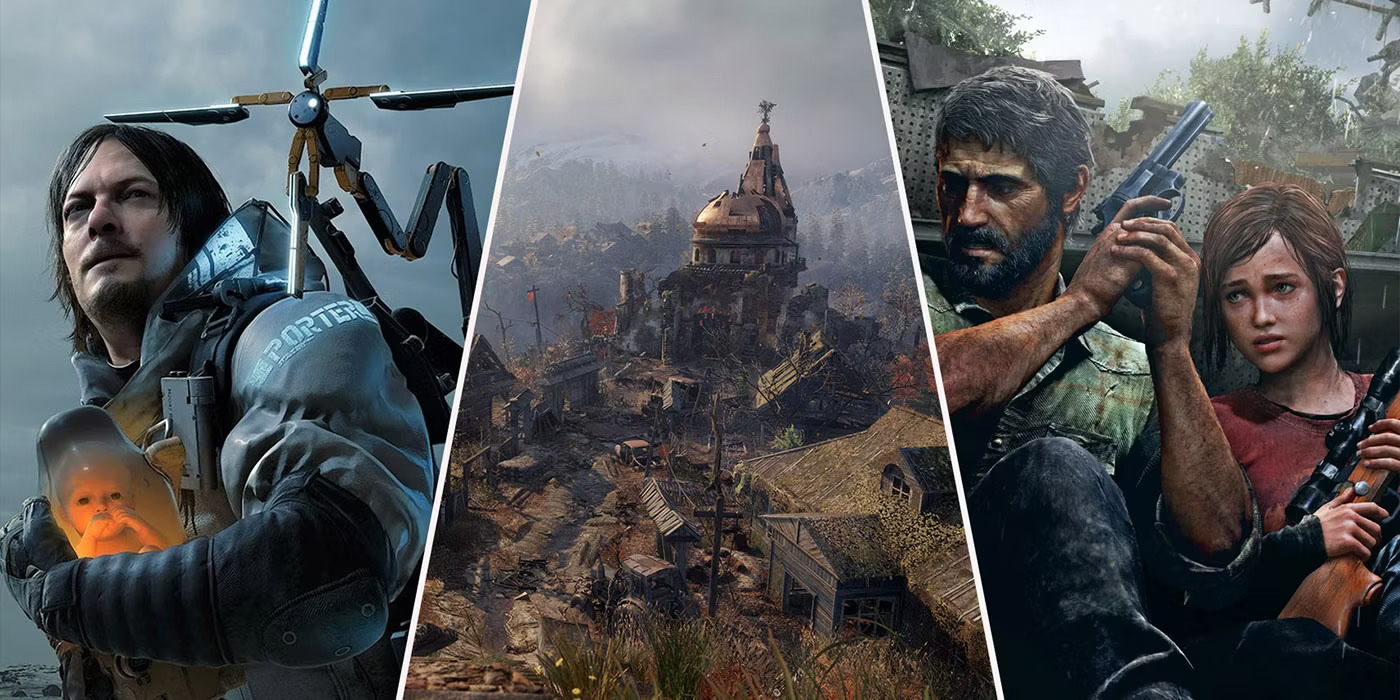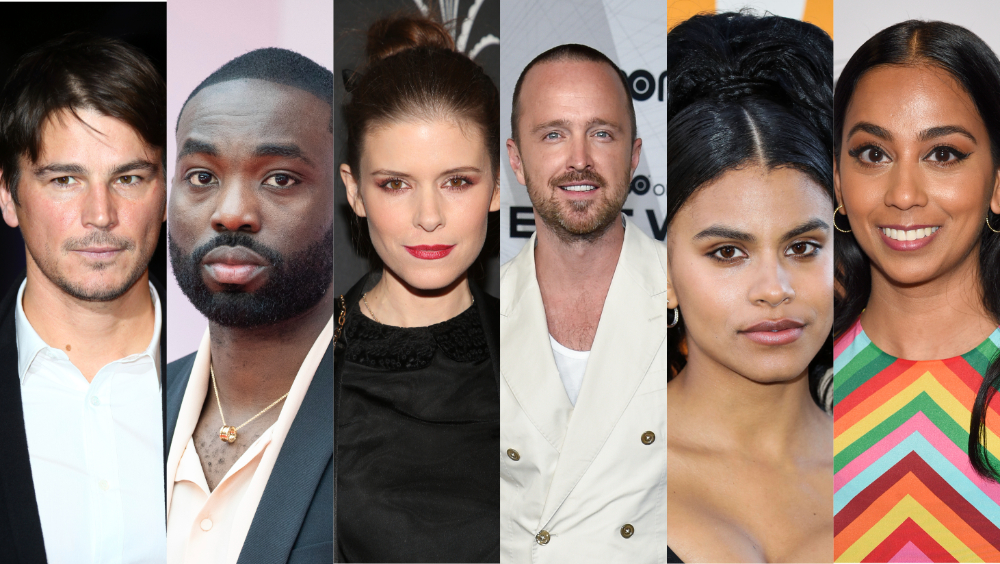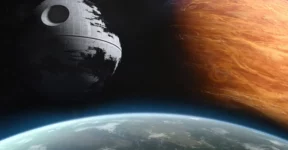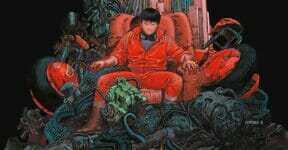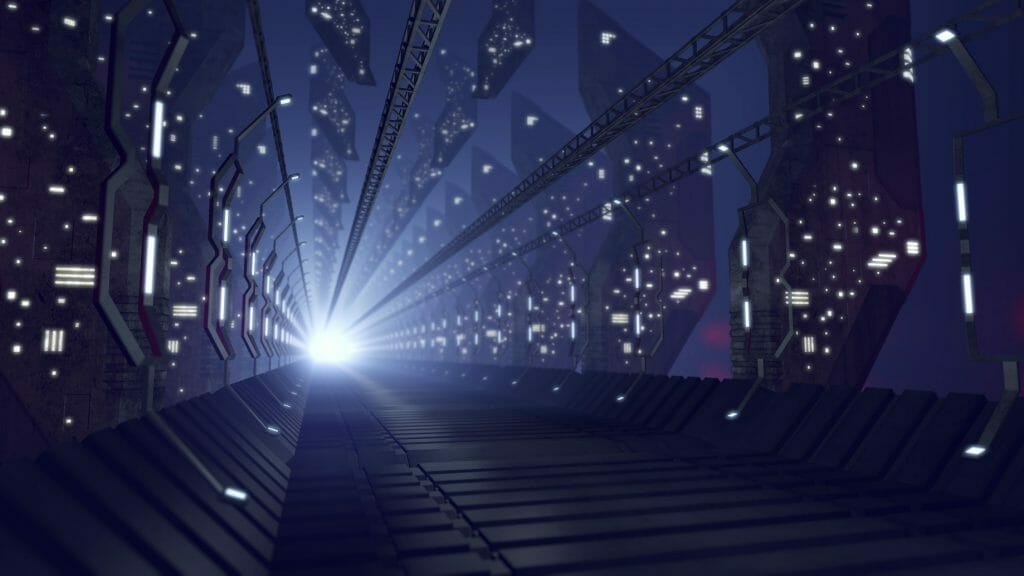According to the Nashville Film Institute, concept art is a form of visual art whose main purpose is to communicate ideas to be used in films, books, video games, animation, and other media. A concept refers to ideas or abstract thoughts inspired by something else. When applied to post-apocalyptic discussions, this form of visual art might depict the focal areas to be featured in media products, such as a book cover illustration or a promotional poster for a film. With that in mind, post-apocalyptic concept art should convey messages about the world’s state following a doomsday event.
Imagining the End of Times
No one needs to tell you that the world is currently experiencing difficult times. A few years after the pandemic, bloody conflicts and the threat of irreversible climate change still loom large. Wars are killing children in different parts of the world, and artificial intelligence is getting so advanced that some people fear it will take over before long. Given such bleak visions of the future, it’s easy for people to conjure their own ideas and concepts about what the world might become when the apocalypse finally strikes.

As seen in films like “Mad Max: Fury Road,” “Snowpiercer,” “The Book of Eli,” “Terminator Salvation,” “The Road,” and “I Am Legend,” the images of a post-apocalyptic world are mostly assumptions of the worst-case scenarios. The Arctic ice melts, an unknown virus causes a zombie outbreak, AI revolts against humans, and resource scarcity reduces humans to cannibals. Glorious civilizations have become wastelands, empty deserts stretch as far as the eye can see, the Statue of Liberty is covered in snow, and robots turn the Earth into a soulless planet. Only a few pockets of resistance hold a dim beacon of hope for humanity.
Typical Elements
One of the most common denominators in post-apocalyptic concept art is the presence of an inhospitable environment and a barely recognizable civilization. Depending on the type of apocalypse, the new world is likely to feature one or more of the following elements:
Robots and AI
In many existing concept art pieces, robots are almost always depicted as humanoid in appearance. They have a structure similar to humans but are smarter and physically much stronger. Even their joint movements resemble ours. Visually, they are probably closer to a worn “T-800” from “Terminator” than a shiny Iron Man. Robots in a post-apocalyptic world show no concern for nature and the environment; green forests are gone, replaced with industrial complexes to build more robots and AIs.
Pollution or Great Nature
Nuclear fallout leaves a trail of pollution and radiation in its wake. Water is heavily contaminated, and survivors cannot breathe without wearing respirators. But as time passes, the pollution gradually dissipates, allowing nature to once again take over the planet. There are too few humans alive to make any significant negative impact on the environment. Big cities transform into forests full of wildlife in the distant future.
Life in Bunkers
Back in the 1950s, bunkers were built to protect people from nuclear attacks. In the not-so-distant future after a major global catastrophe, humans live in underground bunkers, likely too afraid to surface. Once the supplies run out, they will fight with each other for territory, food, and water; constant confrontation and deadly conflicts lead to further degradation of humanity. Alternatively, one could embrace the more hopeful concept of sustainable bunkers with rooftop gardens, where inhabitants can grow their own food and use solar energy to produce water.
Recycle and Reuse
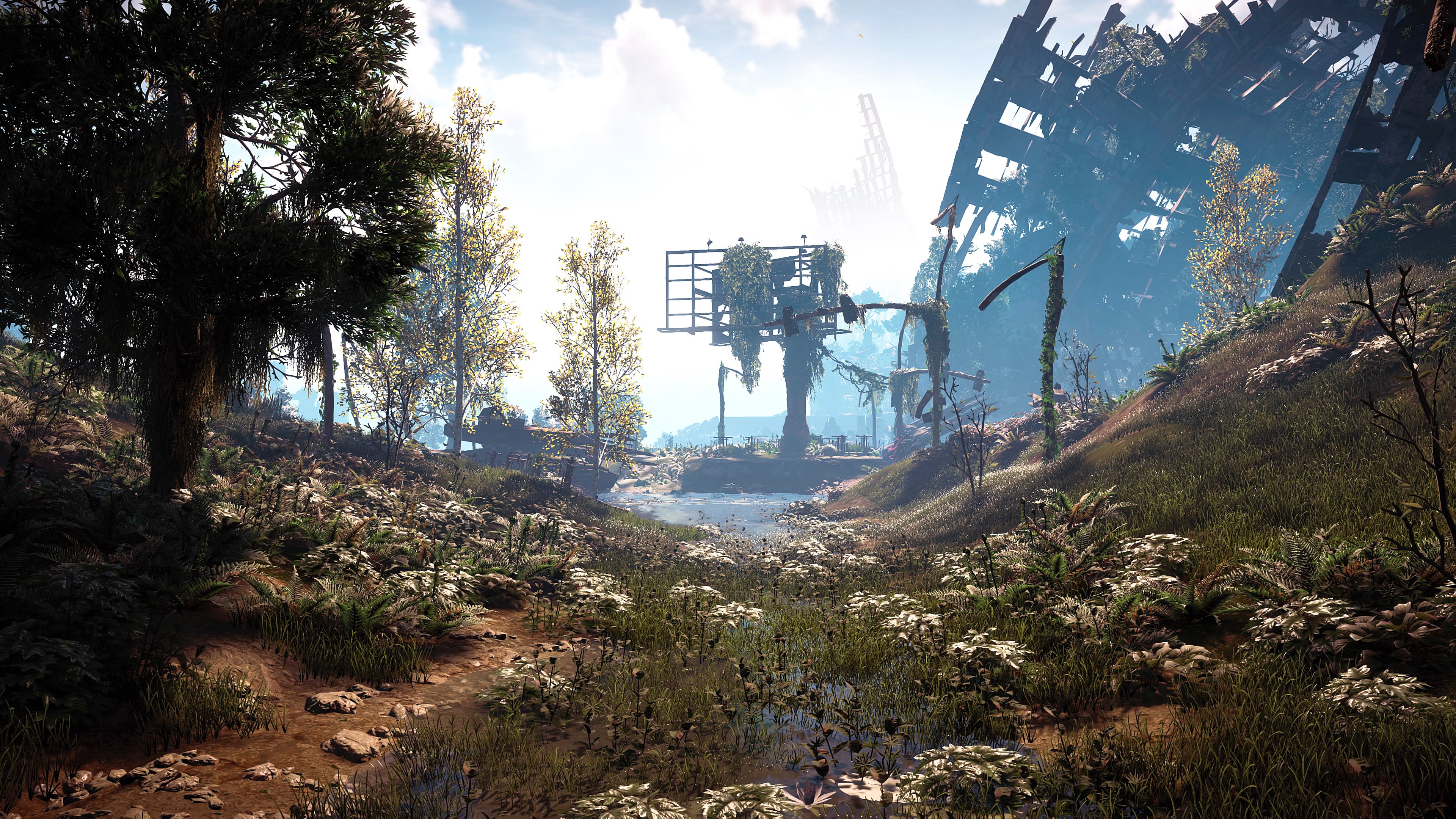
A frequent sight in post-apocalyptic concept art is a character brandishing makeshift weapons and wearing protective clothing. Gas masks, goggles, combat boots, radiation coveralls, and helmets are typical daily outfits. Combined with visuals of robots and a ruined landscape in the background, you get an acceptably grim post-apocalyptic concept art.
While most concept art for the post-apocalyptic genre depicts little hope for the environment and humans in general, the visualization doesn’t have to be all negative. For instance, bunkers could be pictured as sustainable homes, and characters’ costumes could exemplify the practice of reuse and recycling.
We think the primary elements of post-apocalyptic concept art have not changed over time. People continue to use the tried-and-true visuals of bleak landscapes, destroyed infrastructure, Chernobyl-looking cities with people in hazmat suits walking nearby, advanced robots, and mesmerizing stretches of wasteland, to name a few. Most of them also imply the same positive message: that humanity, in one form or another, has managed to survive the apocalypse and is in a collective effort to restore order to the world.
What do you think makes post-apocalyptic concept art truly unique? Have you seen similar visual arts made by AI recently? We’d love to hear from you.
Other things you might want to know:
What is the general principle of the post-apocalyptic genre?
At its core, thepost-apocalyptic genre visualizes the world in a state of disarray that triggers uncomfortable emotions in viewers and calls for complex appreciation. The characters and the world depicted in the art resemble present-day society, but the artistic elements, despite being merely imaginative, are powerful enough to remind the audience that what they see could be a reality in the not-so-distant future. Post-apocalyptic art evokes concerns for what is to come and, at the same time, gratitude for what is already here.
Why do many post-apocalyptic concept arts use city landscapes as the subject or backdrop?
Urban decay and a crumbling society, when combined by a skilled artist into a visual art piece, can create a bleak yet alluring vision of the world. Buildings and cityscapes are often depicted in an advanced state of deterioration, devoid of human touch. This evokes thrilling contemplation, and there is indeed a growing appetite for such imagery.
Can photography implement the same practice?
The short answer is yes. However, post-apocalyptic photography often uses pictures for a different purpose. For example, in a photograph of a destroyed skyscraper or abandoned house, the main focus is not on the degree of destruction itself but on the beauty of how nature slowly reclaims the space. It’s about the simple fact that the world will continue to exist long after humans have ceased to be.
Check out other articles by month:

